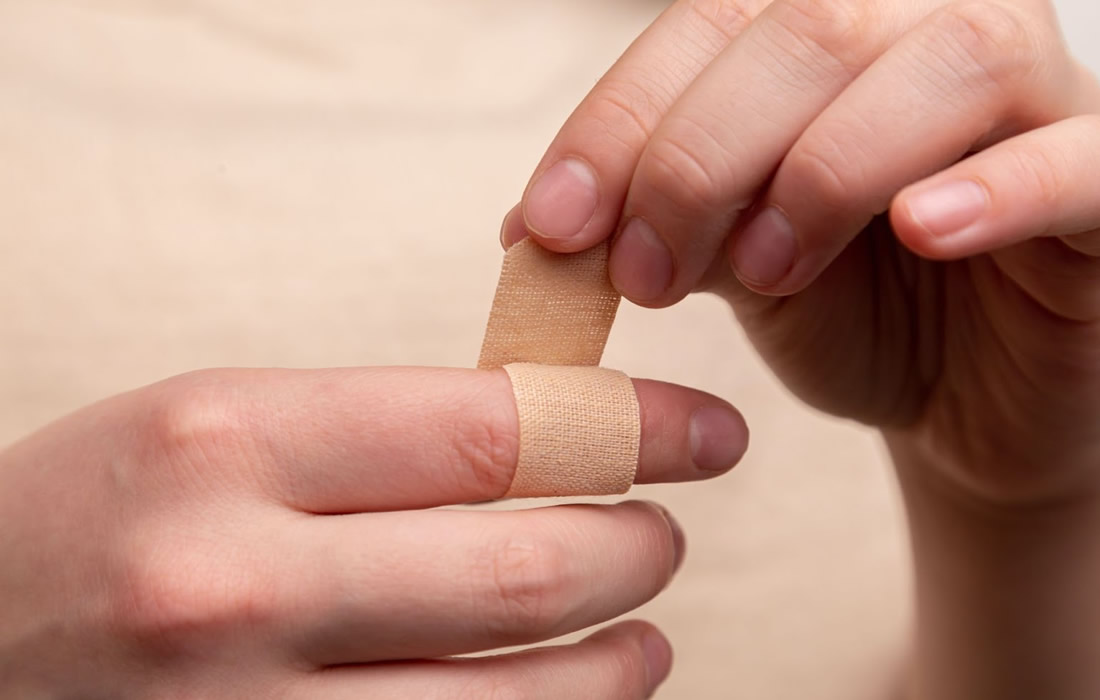Regenerative Medicine News and General Information
New Milestone in Tissue Regeneration
Chronic wounds pose significant challenges as they often fail to heal properly over time and can lead to complications associated with diabetes and vascular diseases. In severe cases, they may result in sepsis.
Led by Professor Joo H. Kang, a team successfully developed a microfluidic system capable of processing blood into an artificial tissue scaffold. This innovative approach enables the creation of robust microcapillary vessel networks within skin wounds. The utilization of autologous whole blood ensures compatibility and promotes effective wound healing.
The technology leverages microfluidic shear stresses to align bundled fibrin fibers along the direction of blood flow streamlines while activating platelets. This alignment and activation process results in moderate stiffness within the microenvironment. When applied as patches to rodent dorsal skin wounds, these implantable vascularized engineered thrombi (IVETs) demonstrated superior wound closure rates (96.08 ± 1.58%), increased epidermis thickness, enhanced collagen deposition, hair follicle regeneration, reduced neutrophil infiltration, and accelerated wound healing through improved microvascular circulation.
By harnessing the power of microfluidic technology, Professor Kang’s team transformed autologous blood into IVETs suitable for transplantation. These IVETs were implanted into full-thickness skin wounds in experimental mice, resulting in rapid and scarless recovery of the entire damaged area. The study demonstrated successful regeneration of blood vessels within the wound site, facilitated movement of immune cells crucial for wound healing, and accelerated overall recovery.
Furthermore, the team evaluated the efficacy of IVET transplantation by infecting methicillin-resistant Staphylococcus aureus (MRSA) — an antibiotic-resistant bacterium — into the skin damage area. When artificial blood clots made from autologous blood were implanted into infected mice, quick vascular recovery was observed alongside enhanced migration of proteins and immune cells to combat bacterial infection. Additionally, collagen formation and hair follicle regeneration occurred without scarring.
These groundbreaking findings pave the way for advanced techniques in tissue engineering and wound healing using autologous blood-based implants. With further development and refinement, this technology holds tremendous potential to revolutionize treatment strategies for chronic wounds while contributing to advancements in regenerative medicine.
Sources:
Su Hyun Jung, Bong Hwan Jang, Seyong Kwon, Sung Jin Park, Tae‐Eun Park, Joo H. Kang. Nematic Fibrin Fibers Enabling Vascularized Thrombus Implants Facilitate Scarless Cutaneous Wound Healing. Advanced Materials, 2023; 35 (25) DOI: 10.1002/adma.202211149
Ulsan National Institute of Science and Technology(UNIST). “Breakthrough in scarless wound recovery achieved with autologous blood.” ScienceDaily. ScienceDaily, 6 September 2023. <www.sciencedaily.com/releases/2023/09/230906112446.htm>.
Images from:
Photo by Diana Polekhina
https://unsplash.com/photos/SwWjCbIIoFE

